This picture shows the spacecraft which flew past Halley's comet.
Click on image for full size
JPL
Missions to Halley's comet in 1986
Six spacecraft flew by Halley's comet in 1986. There were two spacecraft launched from Japan, Suisei and Sakigake, and two from the Soviet Union, Vega 1 & 2. One spacecraft, ICE, from the United States was re-directed to intercept the comet, and was the last to enter the comet environment. The main mission to Halley's comet, however, was the Giotto mission, a mission sponsored by the European Space Agengy.
All of the missions sampled different regions of the comet environment, as shown in this drawing. The Giotto spacecraft flew closest to the nucleus and recovered several wonderful pictures of the nucleus. Together these missions collected a wealth of data on the comet.
You might also be interested in:
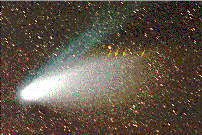
Hale-Bopp continues to offer surprises as astronomers study the comet. Using the Hubble Space Telescope and the International Ultraviolet Explorer, astronomers have found that there are distinctly different
...more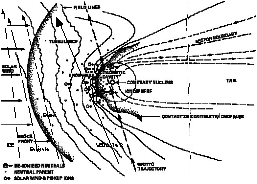
Six spacecraft flew by Halley's comet in 1986. There were two spacecraft launched from Japan, Suisei and Sakigake, and two from the Soviet Union, Vega 1 & 2. One spacecraft, ICE, from the United States
...more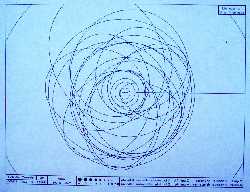
Comets are observed to go around the sun in a long period of time or a short period of time. Thus they are named "long-period" or "short-period" comets. One group of short-period comets, called the Jupiter
...more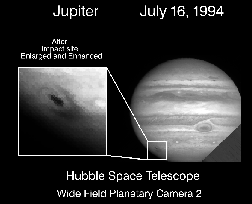
Scientists have learned a great deal from the crash of comet Shoemaker-Levy 9. Scientists traced the orbit of the comet backwards in time to guess its origin. This calculation, along with the discovery
...more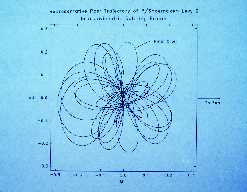
Mathematical theory suggests that comet Shoemaker-Levy 9 was likely a short-period comet which was captured into orbit around Jupiter in 1929 and began to execute the trajectory plotted in this diagram.
...more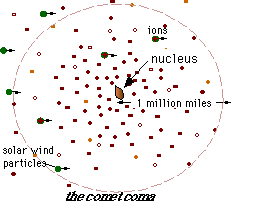
As the ices of the comet nucleus evaporate, they expand rapidly into a large cloud around the central part of the comet. This cloud, called the coma, is the atmosphere of the comet and can extend for millions
...more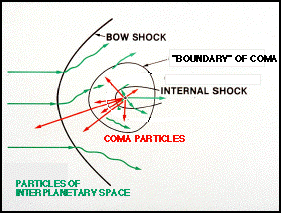
When evaporation begins, the gas is propelled from the nucleus at supersonic speed (depicted by arrows in the figure). Because of the low gravity in space, this means that the molecules from the nucleus
...more














